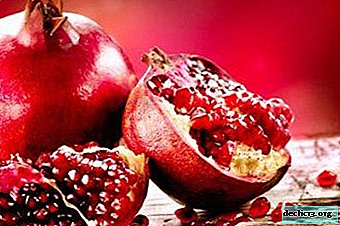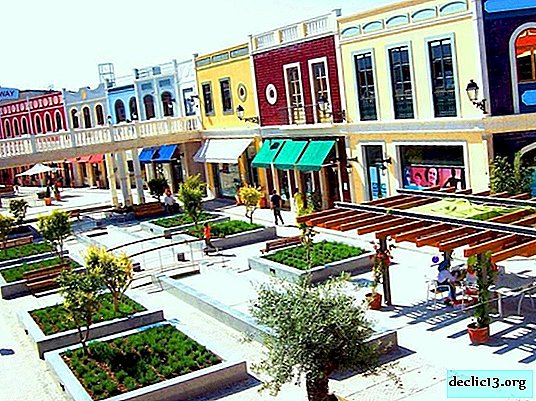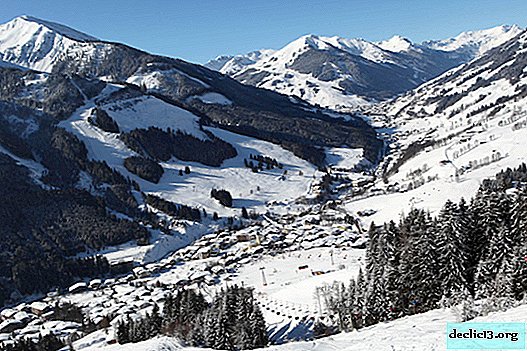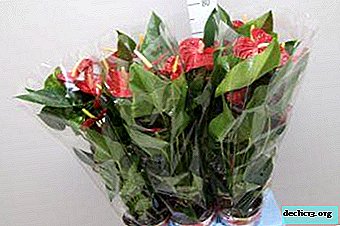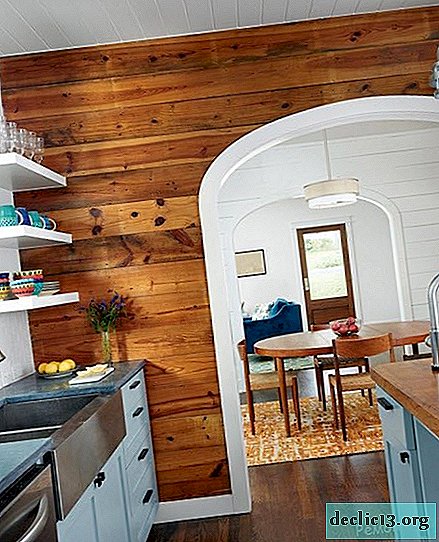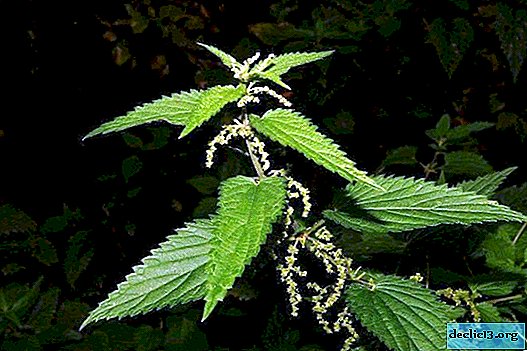Blue agave mexican plant: what does it look like and what are its features?

Blue agave - a representative of the Asparagus family, a perennial stemless plant.
The birthplace of blue agave is sunny Mexico, where its production and collection are massive.
The size of the plant allows its varieties to be grown for the soul in indoor conditions and for industrial purposes in the open ground. Learn more about this plant and what subtleties there are for keeping agave at home?
What is it and what does it look like?
The plant is perennial, tall, fleshy, similar in shape to a rose, of a noble bluish or greenish-gray color, with hard leathery leaves collected in a basal rosette, covered with wax and with spikes at the end. It can reach 2 m in height.
Agave Life Span - 15 Years, at the end of her life, she throws a beautiful, spike or panicle-like flower stalk up to 10 m tall (if this plant is in open ground). Its flowering can last from 2 to 3 months, agave blooms with small yellow flowers (it is described here whether agave blooms and how this happens). After this, the plant dies. Therefore, in agriculture, agave is not allowed to bloom: the flower stalk is removed and planted, it takes root and gives life to a new plant - its own clone.
For indoor breeding, agave varieties with a small diameter and height were bred, and this agave blossoms much more often - once every 5 or 8 years.
Photo
Below you will see a photo of blue agave:



What is obtained from the fetus?
Many types of agave are used in industry for the production of coarse textile fibers, but blue agave has gained worldwide fame due to the fact that its juice serves as a raw material for the production of alcoholic beverages: mezcal, pulque and the famous tequila. Therefore, the additional name of blue agave is tequila.
How much agave grows for tequila? Harvesting for the further production of tequila is carried out only in the 12th year of the plant's life. In production, the agave fruit is used, from which all leaves and roots are first cut; its weight reaches 70 kg. The fruit is cut into two or four pieces, depending on its size, and boiled, and fermented juice is processed into tequila. The juice has a slightly tart and sweet smell, like that of tequila itself, and its taste resembles honey. Moreover, the juice has a low glycemic index.
For a long time, the natives considered this plant useless. According to various legends, it was the gods who pointed out to people the beneficial properties of blue agave and taught them to make delicious juice from it, from which even in antiquity they made low-alcohol drink pulque, which was used for ritual purposes.
And in the middle of the 18th century, the juice began to be distilled and turned into strong alcohol. It was this drink that glorified a place called Tequila, which in the state of Jalisco, for the whole world, a ritual of drinking was formed in the same place - with salt and a slice of lime. On a bottle of tequila from a blue agave plant, 100% agave must be indicated, and the inscription Hecho en Mexico indicates that inside is a product of traditional unabridged production.
The healing properties of agave can be found here.
Is this plant related to a cactus?
Agave cactus or not? The spikes on the tips of the leaves can lead some to be confused about the affection of agave to cacti. In fact, these plants have similarities in only one: they are both succulents, that is, they are able to accumulate water. Most plants growing in hot and arid climates have this ability, regardless of genus or family. Most desert plants for this reason are very succulent. But nonetheless, agave is not among the cacti and is not a tree.
The differences between agave and cactus and aloe are described in this article.
Growing and propagating at home
Agave is a prolific plant; there are several ways to reproduce it. As a rule, the process is successful, since in all cases good germination is observed. But it is important to remember that this plant develops rather slowly. In addition, he needs a special earth, a lot of sun and heat.
How to grow agave at home is described here.
Seeds
The plant gives seeds once in a lifetime: before death, after which its life cycle ends. Seeds are contained in a high peduncle. They are sown at the end of winter directly into the ground at an ambient temperature of at least +22aboutC and cover with polyethylene. In a week, the first shoots will appear. When they grow five leaves, you can dive them into separate pots.
Attention: Indoor agave blossoms in isolated cases, and agave seeds from Mexican tequila fields are not suitable for apartment conditions, so you need to address this issue only to specialized flower shops.Kids
 If it was not possible to find and germinate the seeds, then it is possible to plant agave children or lateral offspring.
If it was not possible to find and germinate the seeds, then it is possible to plant agave children or lateral offspring.
Young plants are separated from the mother with a sharp knife and dried for two hours, then planted in the ground.
It is better to do this in May-July. It is not necessary to create a greenhouse effect, but to plant better rooted, watering it must be moderately.
Agaves do not use too small offspring for propagation; they must form their own root system.
Leaf
A leaf is suitable for propagating agave only if it is rooted. Many succulents have the ability to multiply by leaves, but the presence of roots is necessary, otherwise the shoot will simply dry out in the ground. It can take root both in water and in damp earth.
Flower stalk
At the beginning of flowering, as soon as a small stem of the peduncle is formed, it can be separated and used for propagation of agave. He will take root and live his whole life, and the mother plant will be saved. But under the conditions of Russia, agave blossoms extremely rarely, at about 10 years of age, so it makes no sense to wait for material for planting this flower.
In addition, from such a transplant, agave breeding qualities deteriorate, since pollination does not occur, and the new plant is a clone.
Care Features
For this plant is very the following conditions are important:
- Lighting: bright, with a lack of natural - artificial;
- temperature: placement on the south side, the presence of central heating batteries or a hot climate, in winter the temperature is 6-8 degrees Celsius, but frost should be excluded;
- watering: agave should be watered rarely, but plentifully - once a week in summer is enough, once a month in winter;
- airing: regular;
- top dressing: it is best granulated, and not more than once a season - agave absorbs nutrients very slowly, and it is also very important not to allow a large amount of nitrogen compounds in fertilizers;
- soil: sandy, calcareous, with abundant addition of drainage, pH close to alkaline;
- pot - wide, but not deep, preferably ceramic unglazed;
- transplantation - by transshipment method, for young plants annually, for adults - every three years, the root neck must always remain on the surface of the earth.
Flowering perennial
As already mentioned, this plant blooms luxuriantly and beautifully, but only once: before death. If the agave does not bloom, then it has not reached the right age. There is no point in achieving flowering, it will bloom anyway in due time, if the conditions of existence are suitable for it, and flowering will last a long time, up to 3 months, it will not be possible to miss this sight.
Read more about agave flowering here.
Conclusion
Agave is a fairly unpretentious and very decorative plant. Having created conditions of existence close to the usual ones, the owners will be glad for his presence in the house for more than one year.




